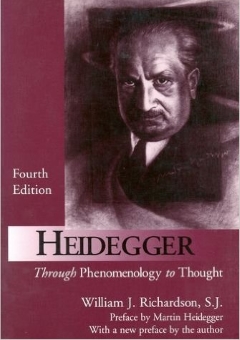Repository | Series | Book | Chapter
What e-vokes thought?
pp. 595-620
Abstract
In 1950, after five years of enforced retirement, Heidegger was reinstated as professor at Freiburg, but not until the winter semester of 1951–52 did he give his first post-war lecture course. It bore the title "What E-vokes Thought?" and was continued in the summer semester of 1952, then published two years later. The whole is, of course, a meditation on the sense of thought. Stretched over two semesters, the theme is developed in two different ways. In the winter semester, Heidegger's chief purpose was to approach the problem in terms of the philosophical tradition. Nietzsche is his dialogue partner of predilection, and it is here that the author elaborates the Zarathustra analysis as signifying the correlation between Being and man. In the summer semester, he devotes himself to an exposition of his own conception of thought, developed chiefly by means of dialogue with the pre-Socratics. It is this which concerns us now.
Publication details
Published in:
Richardson William (1963) Heidegger: Through phenomenology to thought. Den Haag, Nijhoff.
Pages: 595-620
DOI: 10.1007/978-94-010-1976-7_35
Full citation:
Richardson William (1963) What e-vokes thought?, In: Heidegger, Den Haag, Nijhoff, 595–620.




